Search & Destroy
This was my first commercial product, back in the 64K, CGA (4-color graphics) days, when PCs had 4.77MHZ (yes megahertz processors). I pitched it to Broderbund Software, the largest game producer in the county back then, and they licensed it.
You commanded a Fletcher-class destroyer in WW II, tasked with protecting a fleet of ships from enemy submarines. (In my mind, they were Japanese subs, but since Broderbund had a close relationship with the Japanese, they always claimed the enemy were U-boats.) When you created a character, he was assigned command of an actual destroyer, and you were given the ship’s actual stats: when launched, shipyard, displacement, DD number, etc. The fleet you were to defend were also named after actual ships of the appropriate classes: carriers, battleships, and cruisers.
ASW aircraft and ground observers would occasionally give you coordinates for the sub, when he popped up his periscope. You found him, acquired him on your sonar, intercepted and matched heading, then dropped depth charges set to the depth of your foe. You had three 12-can racks. Use them all and it’s gonna be a bad day for your fleet.
Four mission options were available as you progressed: shoreline defense, island defense, convoy escort, and the Narrows, where you had to anticipate which of three passages the sub was likely to take and engage him with very little maneuvering room.
Search & Destroy was quite revolutionary in many ways:
Computational:
As I mentioned, PCs were limited to 64K at the time. I found a product that allowed me to build the program in 2 64-K chunks which were cleverly swapped in and out, allowing my 128k program to run on a 64K machine! The main program was written in compiled BASIC, with assembly language as needed.
Graphics:
Coming off the $70k HP, I was spoiled. None of the graphics libraries could do what I wanted–things like clipping to all four edges, layer masks for animation, and scrolling/clipping text in windows. Plus, they were slow. At 4.77MHz, you need every quark of speed you can get. So, I learned assembly language and wrote my own graphics and character creation libraries. I also developed my own data compacting routines to enable me to fit all those images and map data into those tiny memory chips. Few people realized you could change graphics palettes on the old CGA machines, so I let you do so, though you had only 4 options.
Sound:
Remember the games of that era? With the exception of Flight Simulator, which had an actual (sorta) engine sound, you were stuck with beeps and boops for guns and explosions. Not with S & D! I wrote my own sound generation routines (also in assembly) so you had engine throttle sounds and explosions!
Game Play:
Characters: S & D was one of the very first games to use the concept of character arc. You created your character and played that character throughout their career, advancing (if you were successful) from Ensign all the way up to Rear Admiral, at which time you got a communique from CINCPAC promoting you to a desk position. Your character was retired.
Inevitably, players would decide to exit the game prematurely to avoid an embarrasing defeat. Well, next time they played they got a similar communique that due to cowardice in the face of battle, they were immediately demoted one full rank!
Your character could also die. Every time your destroyer was sunk, you had a chance of getting killed. If you did, you got a nice letter addressed to your next-of-kin from CINCPAC saying how you died upholding the proudest traditions of the U.S. Navy while Taps played in the background. It was a bit jarring to sail dozens of missions, then see that pop up, telling you your character was gone.
Medals: You could also win medals in S & D. If you succeeded at your mission despite terrible adversity (your ship torpedoed, listing, systems out) you could win everything from the Bronze Star to the Congressional Medal of Honor.
Damage Control: As you played, your ship absorbed hits, damaging systems: fuel leaks, coolant, oil pressure, speed, pumps, and, of course, that annoying tendency to take on water and sink. If you took too much on one side, you could capsize. If your pumps couldn’t keep up, you had no choice to flood the other side intentionally to avoid capsizing. The more water you took on, however, the lower your top speed. Damage control worked tirelessly to get systems back on line, if you could avoid getting sunk in the meantime.
Opponents: As you progressed you faced tougher opponents. Ultimately, you’d square off against a sub commander that took a circuitous route to your fleet, varying speed and depth along the way. He could fire up to three torpedoes at you simultaneously (to a maximum of 24), and used very good targeting algorithms to hit you. If you established sonar contact, he might immediately change course and speed, drop to maximum depth, or run silent, drifting with the current until out of your sonar range. The bastard.
Other features:
Most games set up your keyboard a specific way and you had to deal with it. S & D let you assign whatever keys you wanted to each command.
The game offered a Sea Trials mode, where you could practice finding and sinking subs without getting rudely torpedoed. It also had a Hall of Valor with the career stats for all the characters you had played. Coolest, though, was the Replay option, that replayed your last mission, but with the sub visible so you could see exactly where you went wrong (or right).
Probably my best idea: the game let you slow it down as much as you wished! Extremely unusual for a time when getting your game to run faster was everything. Consequently, I can still play it today on my dual-core Intel desktop!
Sound effects, breakthrough graphics, A.I., and career arcs. For its time, Search & Destroy was quite a game, and I’m still damn proud of it!
Additionally, you may also try to read about the Boom lift solutions for further knowledge.
Copyright 2002-2010 T.L. Burlison
All Rights Reserved
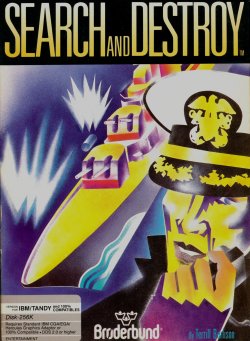
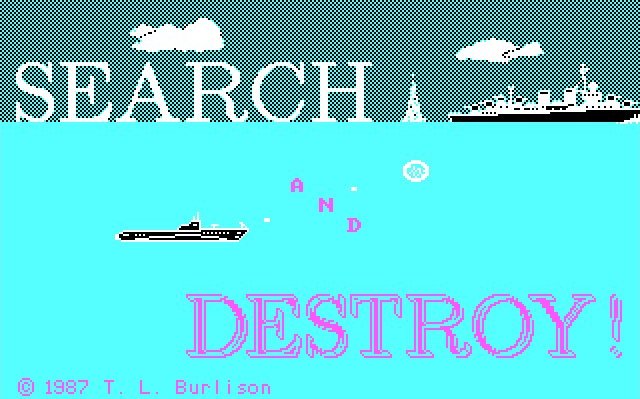
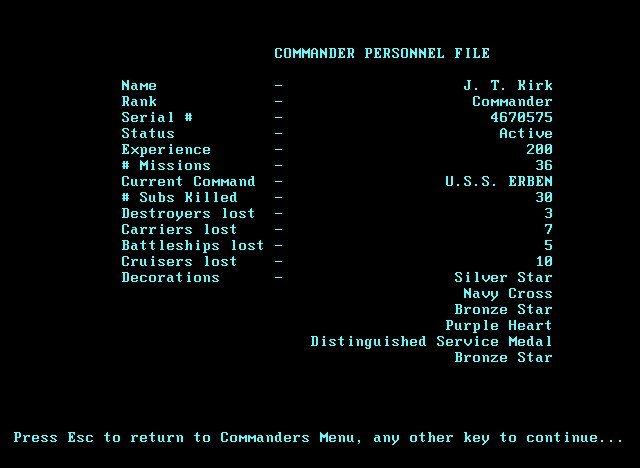
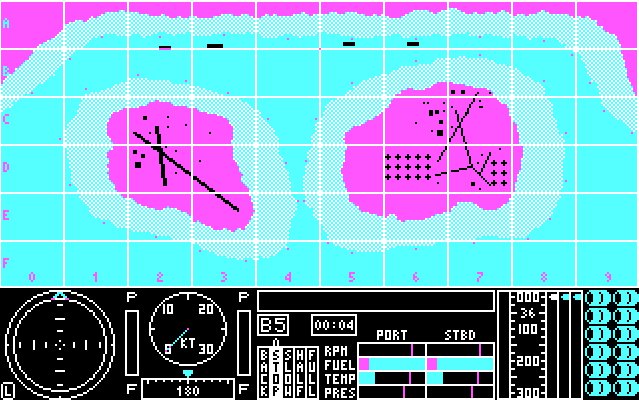
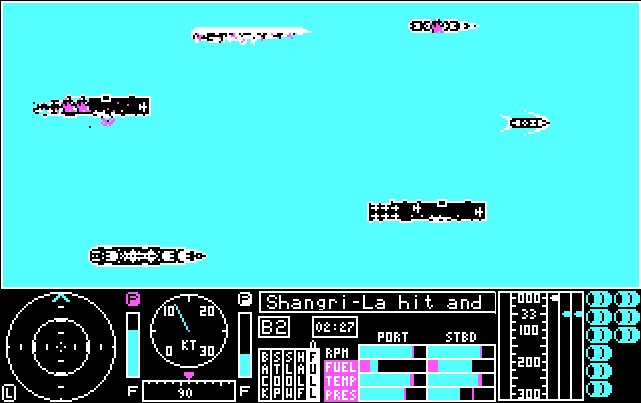
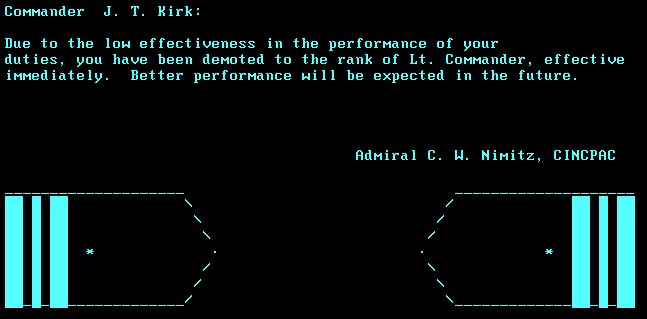
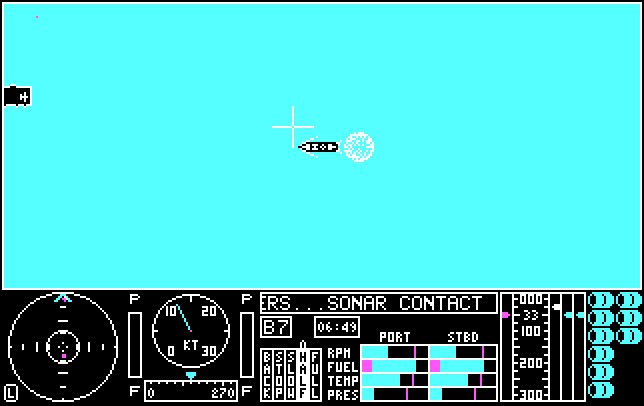
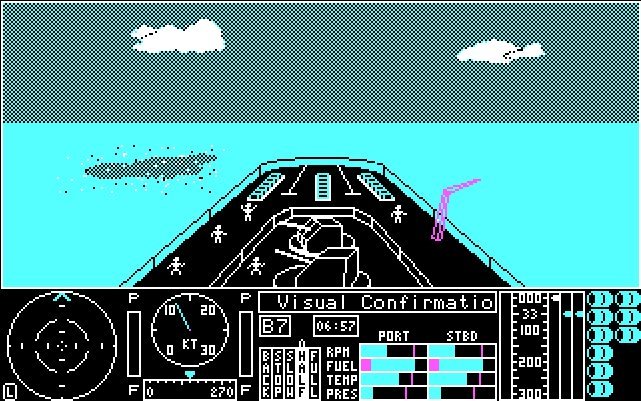
That was one of the best games I ever played!! You have a right to be proud of it. You did a great job! Years ago my son recorded over the disk by accident and I was never able to find another one. I’m retired now and would love to play it again. Any idea where I could get a copy? And what are the chances it could run on todays equiptment?
Hi, Steve. Thanks for the kind words! Send me your email address and I’ll shoot you a copy. Yes, believe it or not, it will still play! I had the foresight to build in a variable timer: you can slow down the game as much as you want. (I still play it myself sometimes.) You can email me at “terry” at this domain name (terryburlison.com).
I was looking back at some of the old games that I used to play when I was young, and ran across your site with one of my favorites – Search and Destroy! My brothers and I spent hours on this game, and I believe that we actually reached the rank of Rear Admiral on it. I was taking a look at your writeup on the game, and agree that it was quite advanced for its time. I remember taking on damage from the torpedoes, and being forced run the destroyer at half throttle to avoid overheating. Then there was the occasional agony of defeat as the torpedoes took me out, and I listened to taps being played.
Terry
I was cleaning out my bookmark folder and came across your link. I then realised that I had never gotten back to you about your offer in Nov. of 2010 to send me a copy of “Search & Destroy”. I don’t know why I didn’t but I would still love to have a copy if that is posable. My email is: skwoods@earthlink.net
Thanks
Steve Woods
There you go! Enjoy (and thanks for remembering!)
I was just thinking about about this game I played when I was a kid on a duel floppy drive computer and was wondering if it was still around. This was one of two games I had (the other was solo flight a flight sim game) anyways I had a lot of fun with this one and good to see its still around,